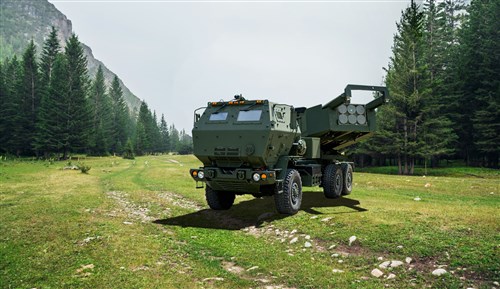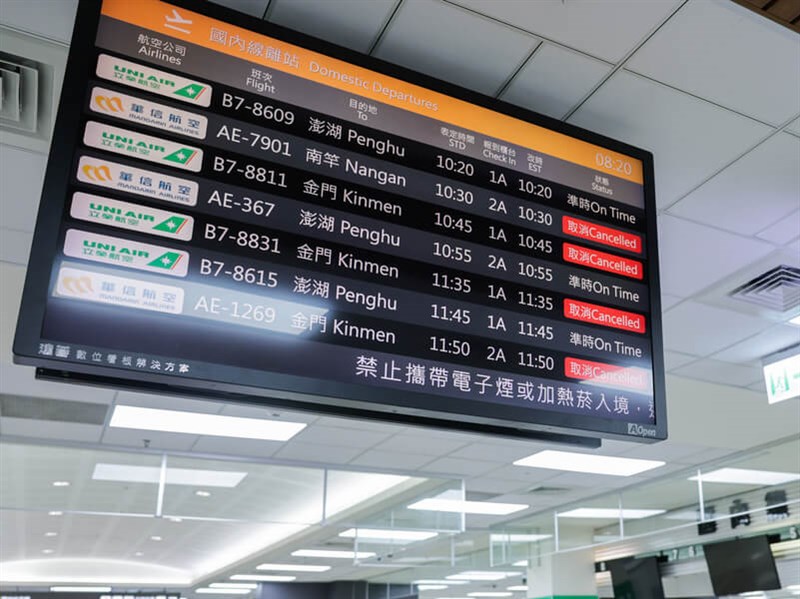ANALYSIS/Optimism high for Taiwan-Japan semiconductor tie-up, but concerns lurk
03/26/2024 06:07 PM
The opening of Taiwan Semiconductor Manufacturing Co.'s (TSMC) first fab in Japan in February brought great optimism over the new Taiwan-Japan semiconductor alliance and the prospects for reciprocal collaboration between the two sides.
(Full text of the story is now in CNA English news archive. To view the full story, you will need to be a subscribed member of the CNA archive. To subscribe, please read here.)
More in ANALYSIS
![China highlights Taiwan's HIMARS as major threat in latest military drills: Experts]() China highlights Taiwan's HIMARS as major threat in latest military drills: ExpertsChina highlighted the High Mobility Artillery Rocket Systems (HIMARS) Taiwan purchased from the United States during a recent large-scale military exercise, citing the precision weapons as a major threat because of their ability to conduct "deep counterstrikes" against PLA rocket units and logistics, military experts said.01/04/2026 09:32 PM
China highlights Taiwan's HIMARS as major threat in latest military drills: ExpertsChina highlighted the High Mobility Artillery Rocket Systems (HIMARS) Taiwan purchased from the United States during a recent large-scale military exercise, citing the precision weapons as a major threat because of their ability to conduct "deep counterstrikes" against PLA rocket units and logistics, military experts said.01/04/2026 09:32 PM![China military drills' disruption of air travel had a purpose: Expert]() China military drills' disruption of air travel had a purpose: ExpertThe disruption of 941 flights in and out of Taiwan due to China's recent large-scale military exercises was no accident but rather the result of a "quasi-blockade" used to simulate creating air and sea routes needed for an amphibious landing, a military expert said.01/02/2026 04:38 PM
China military drills' disruption of air travel had a purpose: ExpertThe disruption of 941 flights in and out of Taiwan due to China's recent large-scale military exercises was no accident but rather the result of a "quasi-blockade" used to simulate creating air and sea routes needed for an amphibious landing, a military expert said.01/02/2026 04:38 PM![PLA exercises send messages to Taiwan, Japan, U.S.: Experts]() PLA exercises send messages to Taiwan, Japan, U.S.: ExpertsThe military exercises launched Monday by China have many purposes, including cognitive warfare against Taiwan, an effort to counter United States-Japan military cooperation, and the showcasing of coordination with Russia, a scholar said Monday.12/29/2025 06:21 PM
PLA exercises send messages to Taiwan, Japan, U.S.: ExpertsThe military exercises launched Monday by China have many purposes, including cognitive warfare against Taiwan, an effort to counter United States-Japan military cooperation, and the showcasing of coordination with Russia, a scholar said Monday.12/29/2025 06:21 PM
Latest
- Society
Cabinet seeks to tighten penalties on pet abandonment, animal abuse
01/08/2026 08:09 PM - Society
Taiwan recalls Nestlé formula powder over potential contamination
01/08/2026 07:52 PM - Business
MOEA updates guidelines for foreign students interning in Taiwan
01/08/2026 06:53 PM - Politics
Cho, ministers outline impact if Cabinet general budget proposal fails
01/08/2026 06:37 PM - Business
Taiwan stock market sets six records in 2025, eyes global No. 6
01/08/2026 05:44 PM


